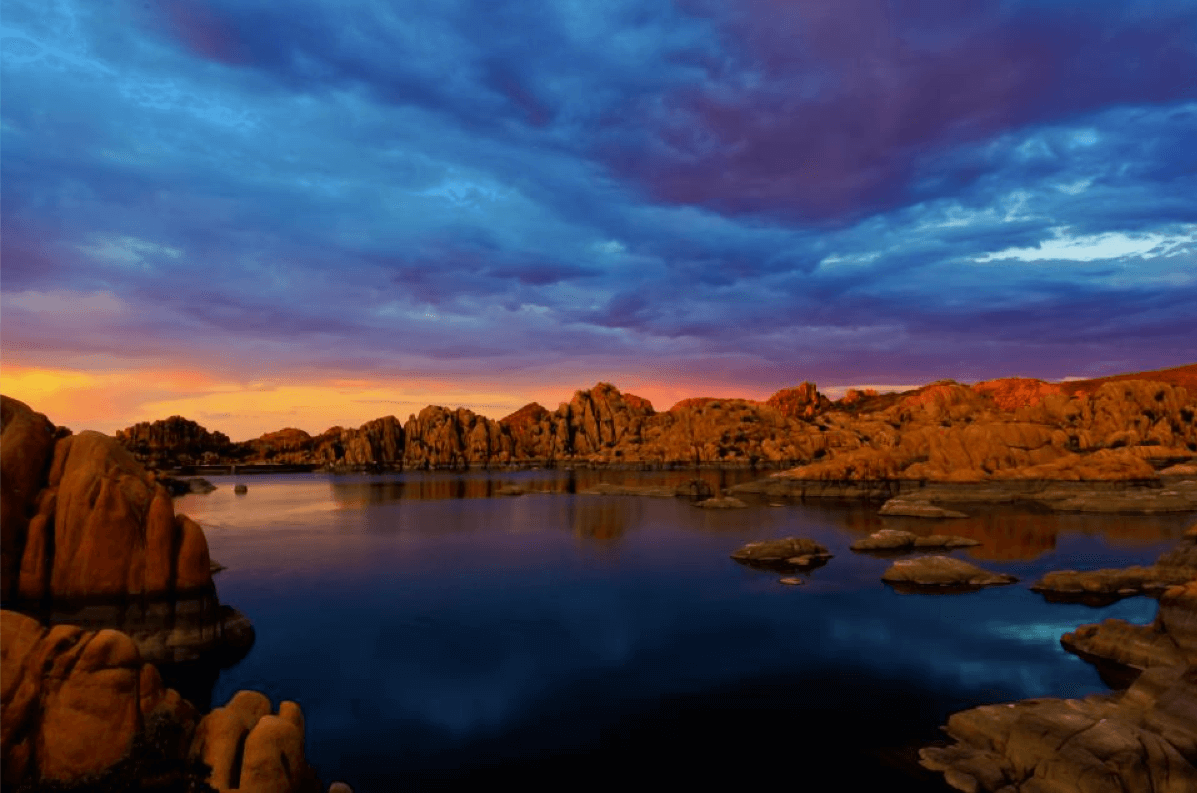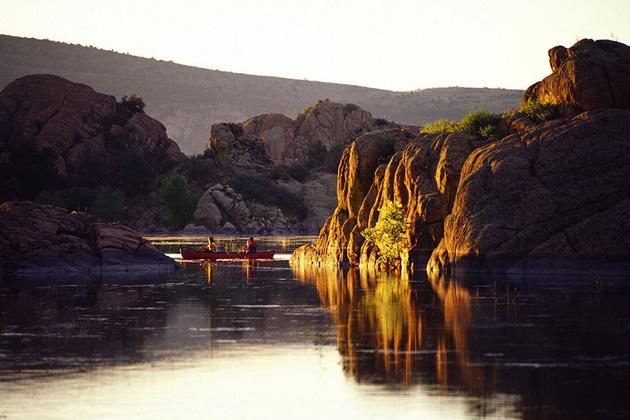

Low DO levels do not directly affect drinking water quality. Lake Whatcom was placed on the Environmental Protection Agency's 303(d) list for impaired water bodies in 1998, due to low dissolved oxygen (DO) levels, which are directly related to the amount of phosphorus Lake Whatcom receives. For the past 10 years the City of Bellingham Public Works has received the Partnership for Safe Water’s Director Award for commitment to providing safe drinking water. Bellingham is a participant in the Partnership for Safe Water, and the City’s drinking water also meets the higher standards set by this group. Īs a drinking water source, Lake Whatcom Reservoir's quality is in compliance for all tested chemicals, bacteria and turbidity. The city manages the outflow to control the maximum level, to store the inflow, to provide for drinking water demand, and to keep the flow in the creek adequate for the threatened Chinook salmon. Lake Whatcom is a reservoir of drinking water for the city of Bellingham, and its level is actively managed by control gates. The control dam gates at the head of Whatcom Creek, within Whatcom Falls Park In 1962 water was diverted from the Middle Fork of the Nooksack River, through a tunnel, to supply water to a then-new paper mill on the Bellingham waterfront. Bloedel donated 12.5 acres to the city for what would eventually become Bloedel Donovan Park. Large coal mining operations also existed near the lake from the late 19th century through 1919, when the Whatcom Mining Company closed down. Most of the area surrounding the lake was extensively logged by the end of the 19th century. The first claim of private land was reported for $8. In the 1850s came the first known settlement of Westerners on Lake Whatcom. Around 1800 the Saquantch were pushed out by the Lummi tribe. The earliest known settlement was a Northwest Coast Salish village at the south end of the lake, occupied by the Saquantch tribe. The lake has only one island, the 3-acre (12,000 m 2) Reveille Island, owned by Camp Firwood, which is believed to be the site of past ceremonies by Native Americans, due to the presence of pictographs and a zoomorphic stone bowl found on the island. Lake Whatcom drains into Bellingham Bay by way of Whatcom Creek. There are nine annual streams and approximately 25 additional small creeks and tributaries that flow into Lake Whatcom, accounting for 23 sub-watersheds in all. The total area of the Lake Whatcom Watershed is 142 square kilometers (55 sq mi). Land use in Basin 3 is composed of scattered residential development, mostly in the community of Sudden Valley, as well as rural and commercial forestry. At its greatest depth, Basin 3 is 328 feet (100 m) deep, and is estimated to contain 96% of the lake's total water volume. Basin 3 is the southernmost basin and is the most remote. Land use is primarily residential, with a mix of lake protection program properties and some rural forestry. This basin is the shallowest, with a maximum depth of just 40 to 60 feet (12 to 18 m). Basin 2, the Geneva Basin, is the central basin where the drinking water for the city of Bellingham is withdrawn. Land use in Basin 1 is primarily residential development, with one large park and several small parks. Basin 1, the Silver Beach Basin, is the furthest north, and has a maximum depth of 100 feet (30 m). The lake is a popular area for motor boating, swimming, fishing, and other recreational activities. Lake Whatcom is located and managed within three political jurisdictions: the city of Bellingham, Whatcom County, and the Lake Whatcom Water and Sewer District.

It is approximately 10 miles (16 km) in length and 1 mile (1.6 km) in width at its widest. It is the drinking water source for approximately 85,000 residents in the city of Bellingham as well as Whatcom County. Lake Whatcom (from the Lummi word for "loud water") is located in Whatcom County, Washington, United States. Lake Whatcom golden hour view from a home in the Sudden Valley neighborhood


 0 kommentar(er)
0 kommentar(er)
